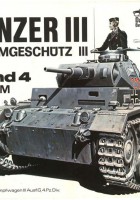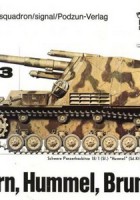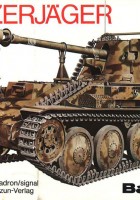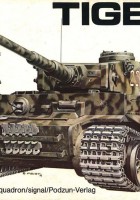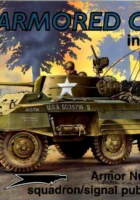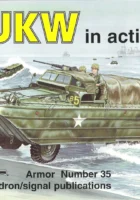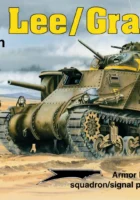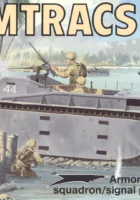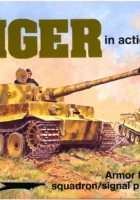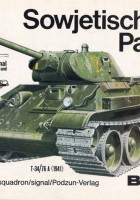
Waffen Arsenal | |
|---|---|
| Publisher | Waffen Arsenal |
| Sujet | T-34 |
| Réf | 006 |
Signed documentation Waffen Arsenal la revue «T-34 – Waffen Arsenal 006» .
The T-34 was a medium tank that entered service in 1940 with the Red Army. At the time, it was a remarkable balance between the three major factors that defined the quality of an armoured vehicle: firepower, protection and mobility. This success made it one of the Soviet Union's strengths in the face of the invasion of the Wehrmacht. In order to counter it, it will have to revise its armoured design policy by developing, for example, the Panzer-V 'Panther', which borrowed some of its technical features from the T-34. Although quickly surpassed by foreign production, the T-34 remained in production from 1940 to 1958, with a total of units produced estimated at 84,070, making it the second most produced tank of all time, just behind its successors, the T-54 and T-55.
Source: Wikipedia
Views : 507
